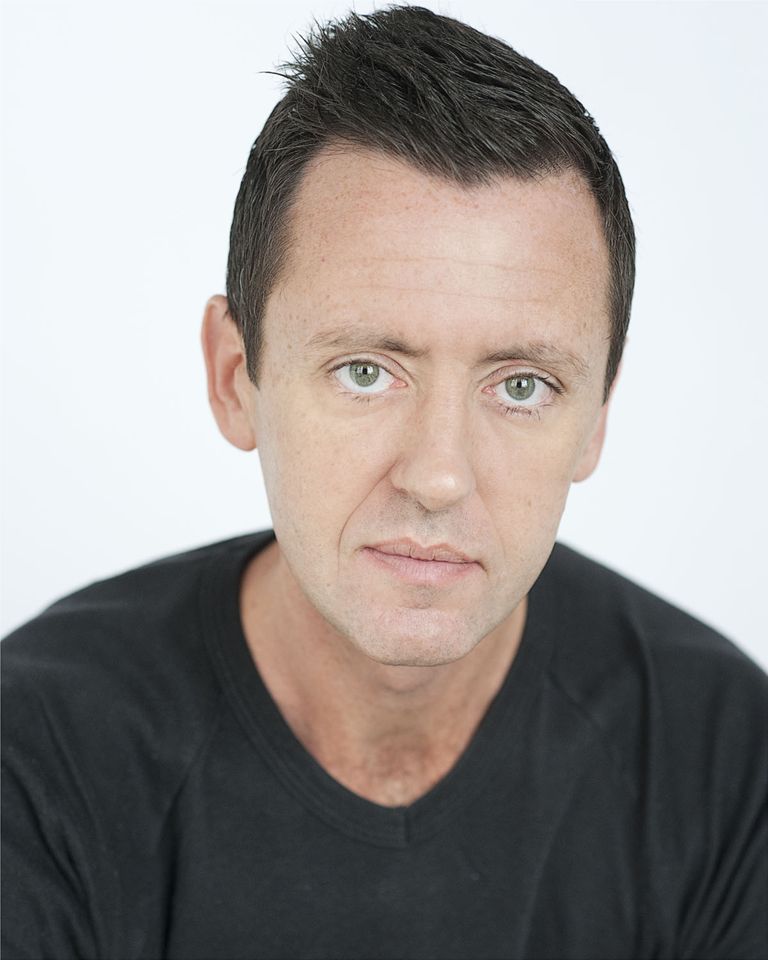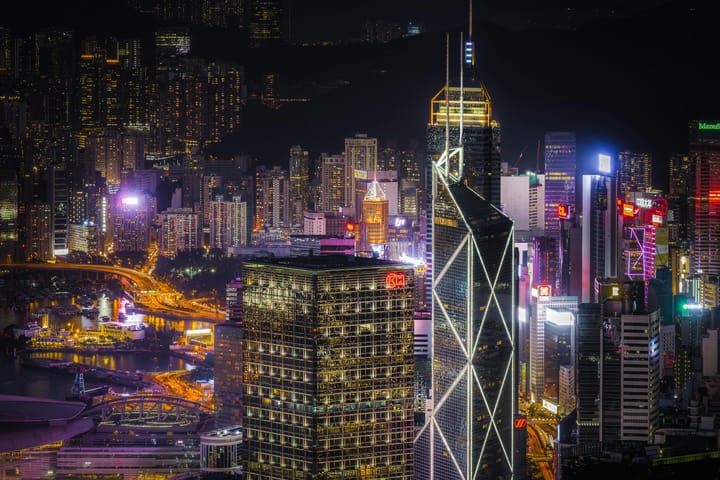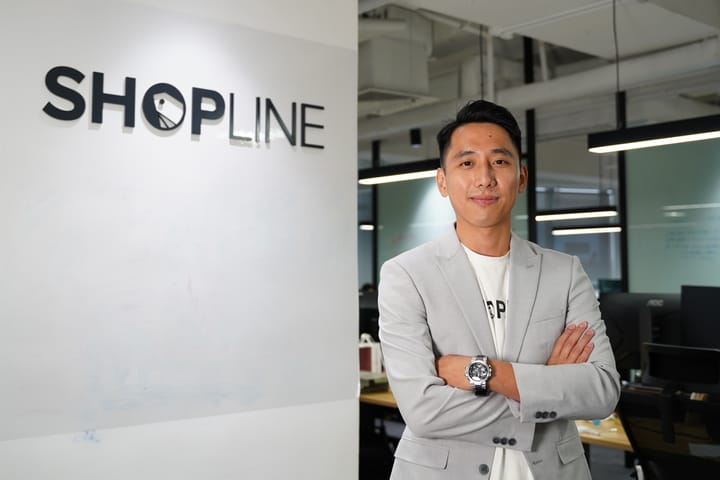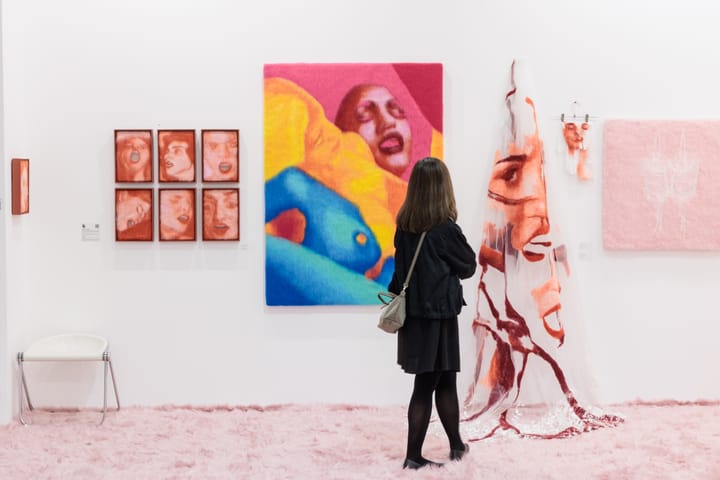Voices: Life during Stage 4 in Australia’s Victoria

A few minutes every morning is all you need.
Stay up to date on the world's Headlines and Human Stories. It's fun, it's factual, it's fluff-free.
Melbourne, the capital of Victoria, Australia, has become the new epicenter for all things coronavirus. It has also become something of a whipping boy for other Australian states to point to as an example of what not to do in “Managing a pandemic 101.”
Melbourne also happens to be where I live right now.
For those who don’t know much about Melbourne, it’s the second largest city in Australia and the capital of one of Australia’s economic powerhouses, with the Victorian economy accounting for nearly 25% of the country’s gross domestic product (GDP).
Just under two months ago, much like the rest of the country, we were looking at moving out of stage three restrictions, with all the benefits that would come of this. Cinemas reopening, being able to eat out again, borders opening to allow interstate travel and local sports being back on the agenda.
Then everything changed.
In what felt like the blink of an eye, the road out of restrictions became a tunnel back into them when our hotel quarantine system reportedly broke down and infection spread among communities that hadn’t fully adopted social distancing measures or where society’s most vulnerable were exposed to the virus, such as in the aged care sector.
And unfortunately, by “tunnel,” I’m talking about a much longer, darker, more stifling place than the first time around.
Stage 4 Lock-“Down-under”: A life modified
Fast-forward to now – August 6, 2020 – and it’s the first official day of stage four restrictions in Melbourne. What does this mean?
For me, personally, it’s actually not that much of a difference from stage three.
It’s essentially what I like to call “a life with modifiers,” which is a grammar joke for the word nerds out there.
I can still go grocery shopping or to the pharmacy (drugstore) or the bakery or produce market, but only once a day and I cannot travel more than 5kms from my home to do it.
I can still exercise, but for no more than one hour a day and again close to home only.
I can still seek medical care or offer care to someone who is my responsibility.
I must work from home unless I’m an essential worker or in a certain worker category, but I’ve been a remote worker for about ten years on and off, so I’m all good to keep doing that.
Forever preferably.
(Yes, in my jimjams quite often, ssshhhh.)
And I can still visit an “intimate partner,” no matter where they are, except I don’t have one, so move along, nothing to see here.
Whenever I leave home, I must wear a mask unless I am out running or cycling, although around half of the people I see out there doing either of these activities are masked up.
And binding the restrictions all up? A curfew. Between the hours of 8 p.m. and 5 a.m., I must not leave my home unless it’s a medical emergency.
Yes, an actual curfew, like in some mad dystopian Netflix show, without the chill.
Understandably, many Melbournians are feeling the weight of restrictions more this time, and not just because this is the strictest lockdown Australia has ever rolled out and any of us have ever had to live through.
COVID-19 restriction fatigue has set in and even those, like me, who have been least affected by this challenging time are feeling some sense of the pandemic hanging over us.
On top of the fatigue, waves of frustration also ripple across the community and can be categorized into three main groups.
The first group, and they are a minority, are (let’s call them what they are) the “covidiots” who either don’t believe the pandemic is a problem (or even a thing in some extreme circumstances) or are calling themselves “Sovereign Citizens” not bound by the current government restrictions.
Like the “Bunnings hoaxer” – a local who went to a Bunnings hardware store, and after being asked to put on a mask or leave, went on to abuse staff, accusing them of discriminating against her because she is a woman. Let’s just pause for a major facepalm moment.
The second are those who are more excessively burdened by restrictions. Think families managing kids through home-schooling, workers in industries that cannot work due to the current restriction regulations or those with mental health issues whose coping mechanisms are already compromised and who are therefore struggling even more with the current restrictions for all manner of reasons.
And then there is the third group, which I belong to, who are frustrated mostly with the covidiots who are making it hard for us to nail this second wave, but also from when we hear from people who we love and respect who are bending the rules “just a little” and who we then must find kind ways to handle.
Like “Karen from Brighton,” a popular and well-to-do suburb of Melbourne, who decided to “walk the Tan” (the “Tan” being Melbourne’s Royal Botanical Gardens and a very popular local running and walking track) because she had already “done all of Brighton” despite this being too far away from her home and therefore should not allowed at present.
The way forward
Every day during the pandemic, the Victorian Premier, Daniel Andrews, faces the press to deliver the daily number of infections and deaths.
For a news junkie like me, without wanting to make light of this, because it is clearly serious stuff, it’s almost like waiting for the lotto numbers to be drawn. You wait with baited breath hoping the restrictions are doing their job and bringing the numbers down.
It is, admittedly, something of a roller-coaster ride at present, although luckily, numbers aren’t doubling exponentially as we have seen in other COVID-19 hotspots around the world. This is primarily because our ”R0” rate, the reproduction rate determining how COVID-19 spreads from one individual to the next, is trending down toward 1.0.
Dan soldiers on each day there up in the media spotlight, even as many rail against him for the hotel quarantine debacle, looking for a soft target to blame it on rather than dig a little deeper and also admit that the human beings involved, notably those in the hotel quarantine, were not abiding by the rules set up to help them transition back into the community.
For me, while we do need to identify shortcomings that got us to this place, and build them into a future pandemic plan, my eyes are looking forward.
I’m doing the right thing and trying to lead by example.
I’m trying to remain positive and helping buck up friends who are struggling.
I’m focused on how much better life will be if we find a way to manage this journey as best we can through our stage four tunnel, nail this outbreak and emerge at the other end into a brighter life.
No, it won’t be “normal life” for some time. We will still need to wear masks I believe (at least in certain situations), still need to practice social distancing and still not be able to embrace life in the fullest way until a vaccine is developed.
But like Bram Stoker said, “There will be pain for us all, but it will not be all pain, nor will this pain be the last. We and you too, you most of all, dear boy, will have to pass through the bitter water before we reach the sweet. But we must be brave of heart and unselfish, and do our duty, and all will be well!”
We humans are hardy. We are survivors. We find our ways through difficult and trying times. And I believe we will do this again no matter what COVID-19 throws at us.
This Voices story was written by Paul Bugeja. Paul is an editor at TMS who is currently based in Queensland, Australia.
Have a story to share? Get in touch at contributors@themilsource.com




Comments ()